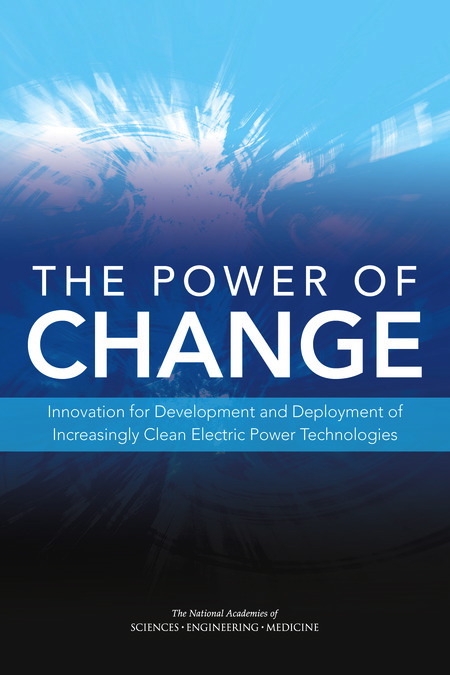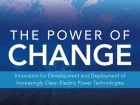
Features
Energy & Power
Generation
Time to “significantly increase” support for “clean” nuclear, CCS and renewables
September 20, 2016 | By Anthony Capkun

September 20, 2016 – A report from the National Academies of Sciences, Engineering, and Medicine in the United States urges governments and regulatory institutions to “significantly increase their support” for “increasingly clean” electric power technologies—nuclear, carbon capture and storage (CCS), and renewables (e.g. solar and wind).
“We called our report ‘The Power of Change’ because changing where we get our electricity from will require changing how we think, so that we see this not just as one of the greatest challenges of our time, but also as one of our country’s greatest opportunities,” said Charles O. Holliday Jr., chair of the report’s committee, and chair of Royal Dutch Shell PLC.
Some of these technologies have seen recent cost and price declines, says NASEM, and are cost-competitive in certain locations, but significantly greater market penetration of these technologies will be required to help address the worst impacts of climate change, as well as harms to human health.
Currently, most increasingly clean power technologies cost too much and do not perform well enough to achieve high global levels of adoption, the report says.
That said, reducing the cost and improving the performance of increasingly clean power technologies in ways that support wide adoption will, in many cases, require improvements to current technology that are more than incremental, says the report.
Changes in the way the electricity grid is engineered and operated will also be needed.
Innovation is hampered by market failures and non-market barriers at all stages of the innovation process, which is why the report recommends proof-of-concept and pilot projects should have clear missions and goals, and emphasizes the importance of simulating and testing new technologies, and tackling the problem of scaling up.
The report identifies measures that can help overcome the aforementioned. It also identifies additional steps for accelerating innovation, including putting a price on pollution and reducing electricity use by increasing efficiency.
For more information, visit national-academies.org and CLICK HERE to access the report.
Print this page
